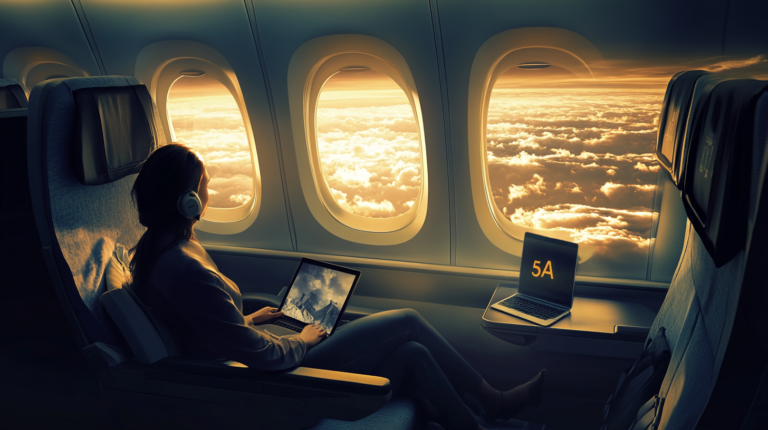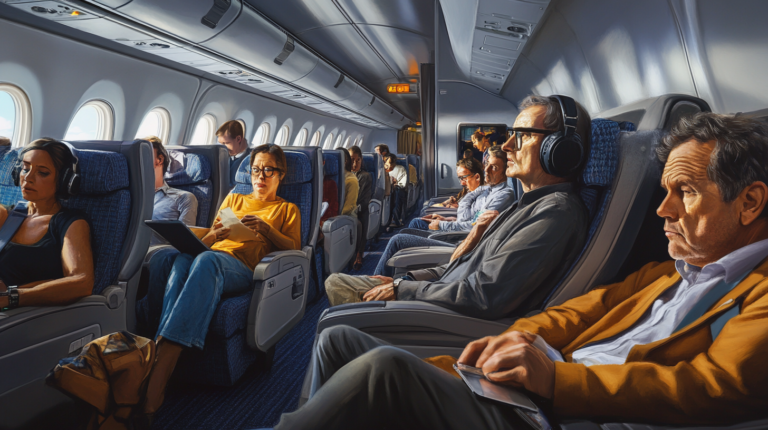Under Seat Luggage Size: A Comprehensive Guide for Modern Travelers
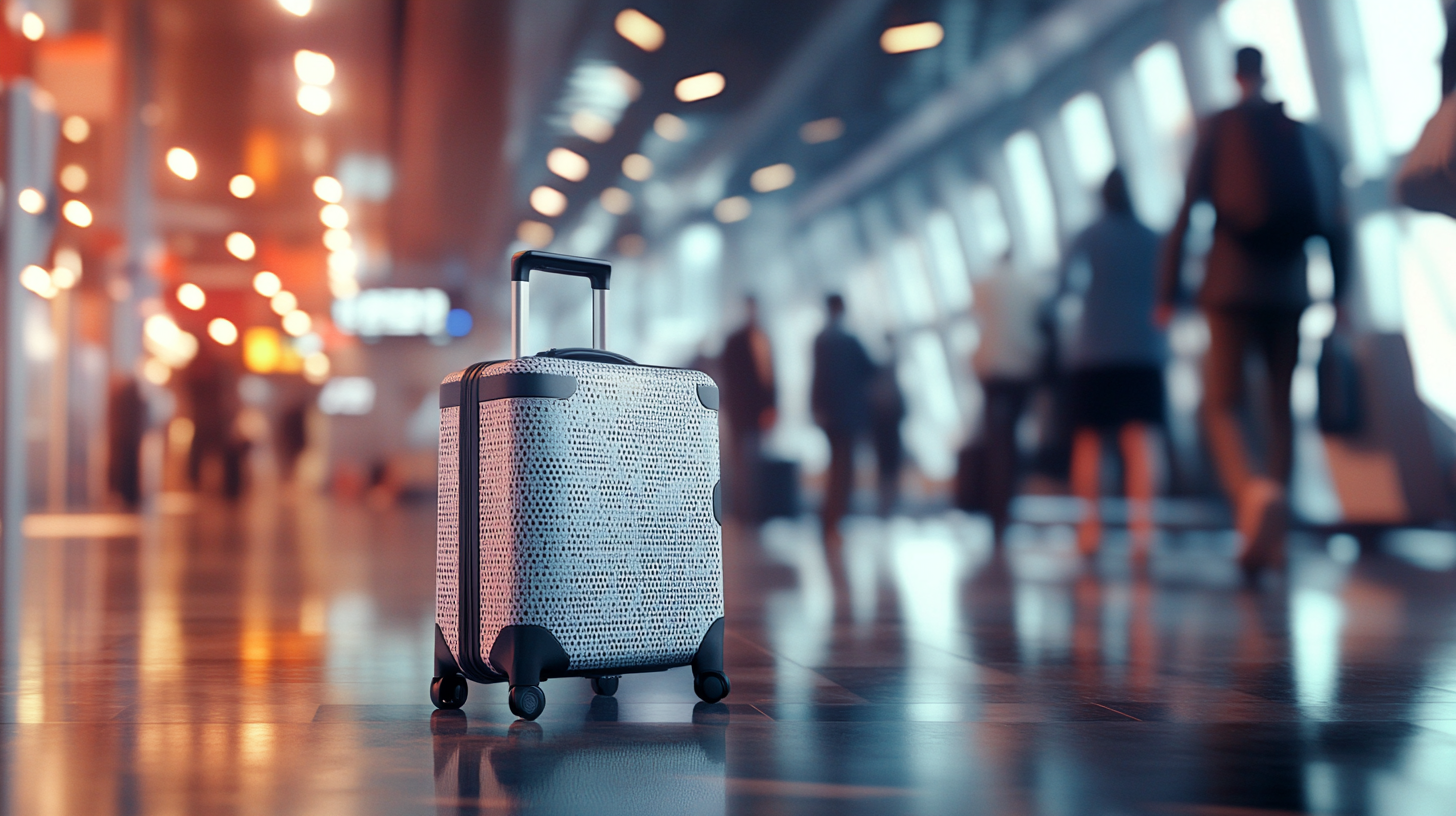
In today’s fast-paced world, air travel has become more than just a mode of transportation; it’s a gateway to new experiences, cultures, and opportunities. Whether you’re a seasoned business traveler jetting off to your next meeting or an adventurous soul embarking on a long-awaited vacation, understanding the intricacies of airline luggage policies is essential for a smooth journey. One aspect that often leaves even the most experienced travelers puzzled is the under seat luggage size. How many times have you stood at the gate, anxiously wondering if your bag will fit or if you’ll face unexpected fees? This comprehensive guide aims to demystify underseat luggage requirements, providing you with the insights you need to navigate various airline policies with confidence and ease.
Understanding Underseat Luggage: What You Need to Know
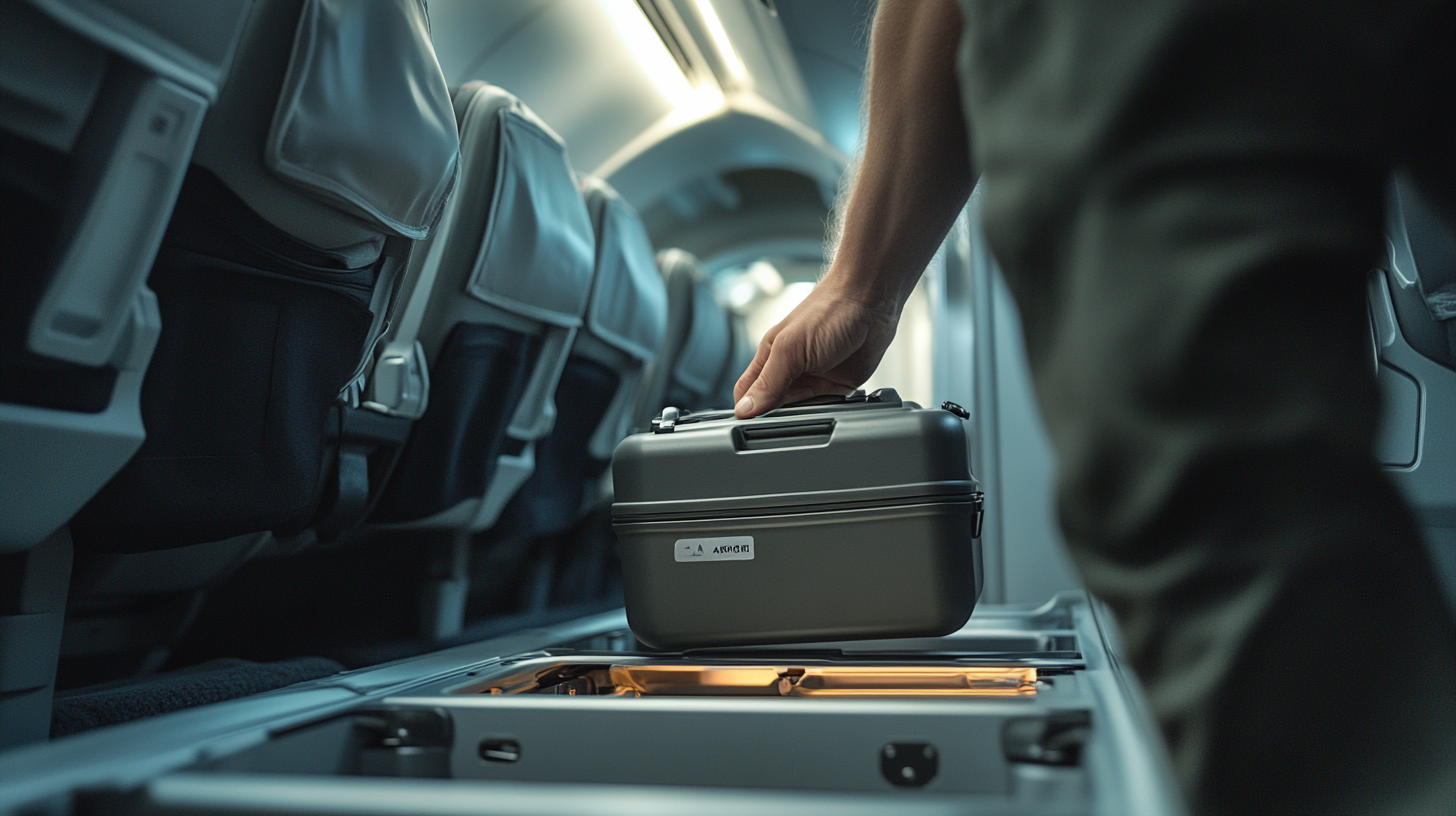
Underseat luggage refers to the personal items that passengers are allowed to bring onboard, which must fit comfortably under the seat in front of them. These items are separate from your standard carry-on luggage and are designed to keep your essential belongings within reach throughout your flight. Typical underseat items include purses, laptop bags, small backpacks, and compact duffel bags. Unlike carry-on luggage stored in the overhead bins, underseat luggage allows you to access important items like your passport, medications, or a good book without having to stand up or disturb other passengers. Understanding the nuances of what qualifies as underseat luggage can significantly enhance your travel experience, especially on long-haul flights or trips with tight connections. For more detailed insights, refer to the Complete Guide to Underseat Luggage Essentials .
The Importance of Knowing Airline Policies
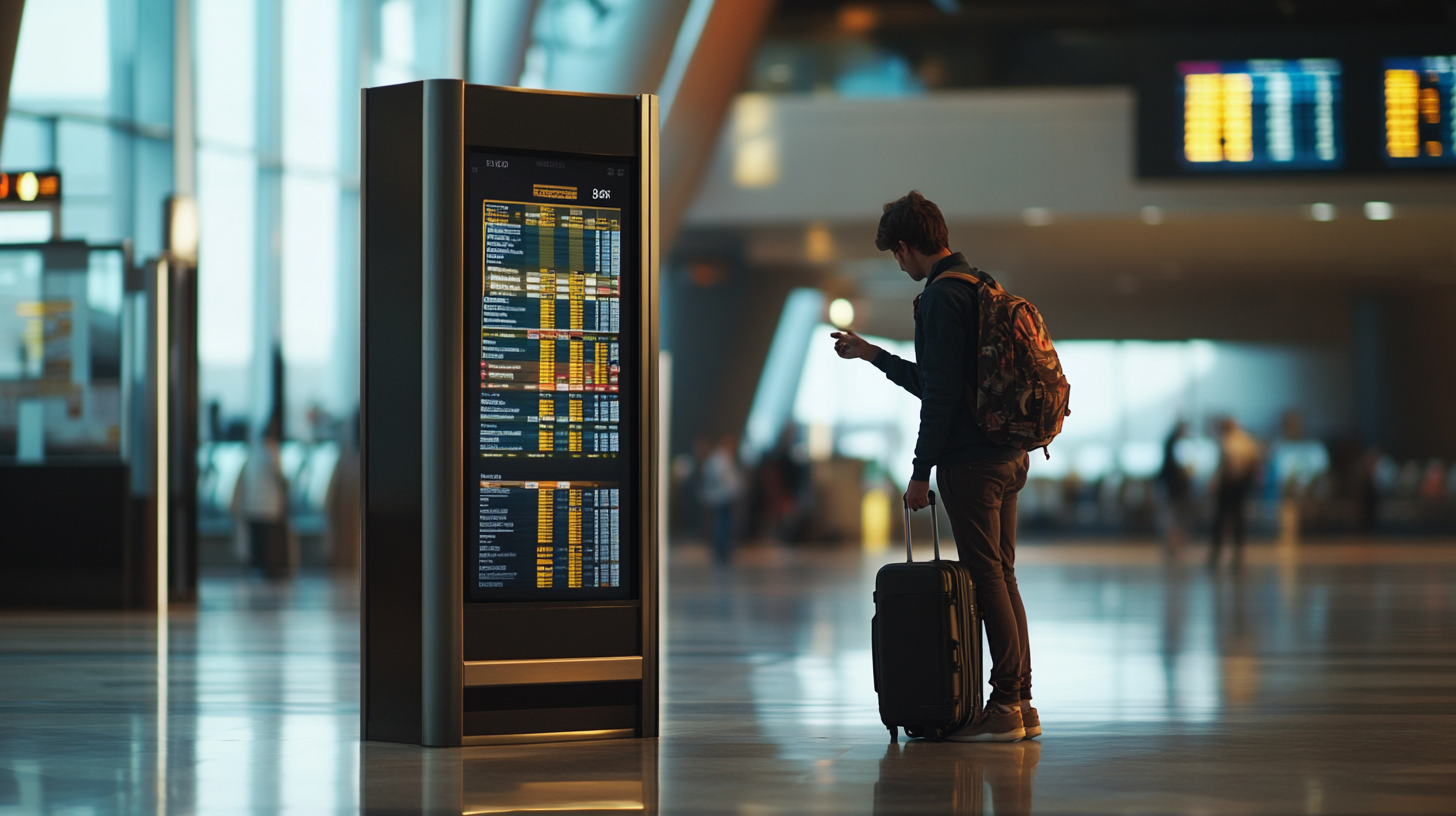
Airlines have varying policies regarding underseat luggage size, and these can change frequently due to security measures, aircraft changes, and company policies. Ignorance of these policies can lead to unexpected challenges, such as additional fees, forced gate-checking of your bag, or even delays if your luggage doesn’t comply with size restrictions. Imagine arriving at the airport, excited for your trip, only to find out that your bag doesn’t meet the airline’s criteria, and you’re faced with an unexpected charge or the stress of rearranging your belongings. To prevent such scenarios, it’s crucial to stay informed about the latest guidelines. Checking the airline’s official website or contacting customer service can provide clarity. Additionally, resources like the Latest Airline Underseat Luggage Policies and Restrictions can offer up-to-date information to help you plan accordingly.
General Underseat Dimensions Across Airlines
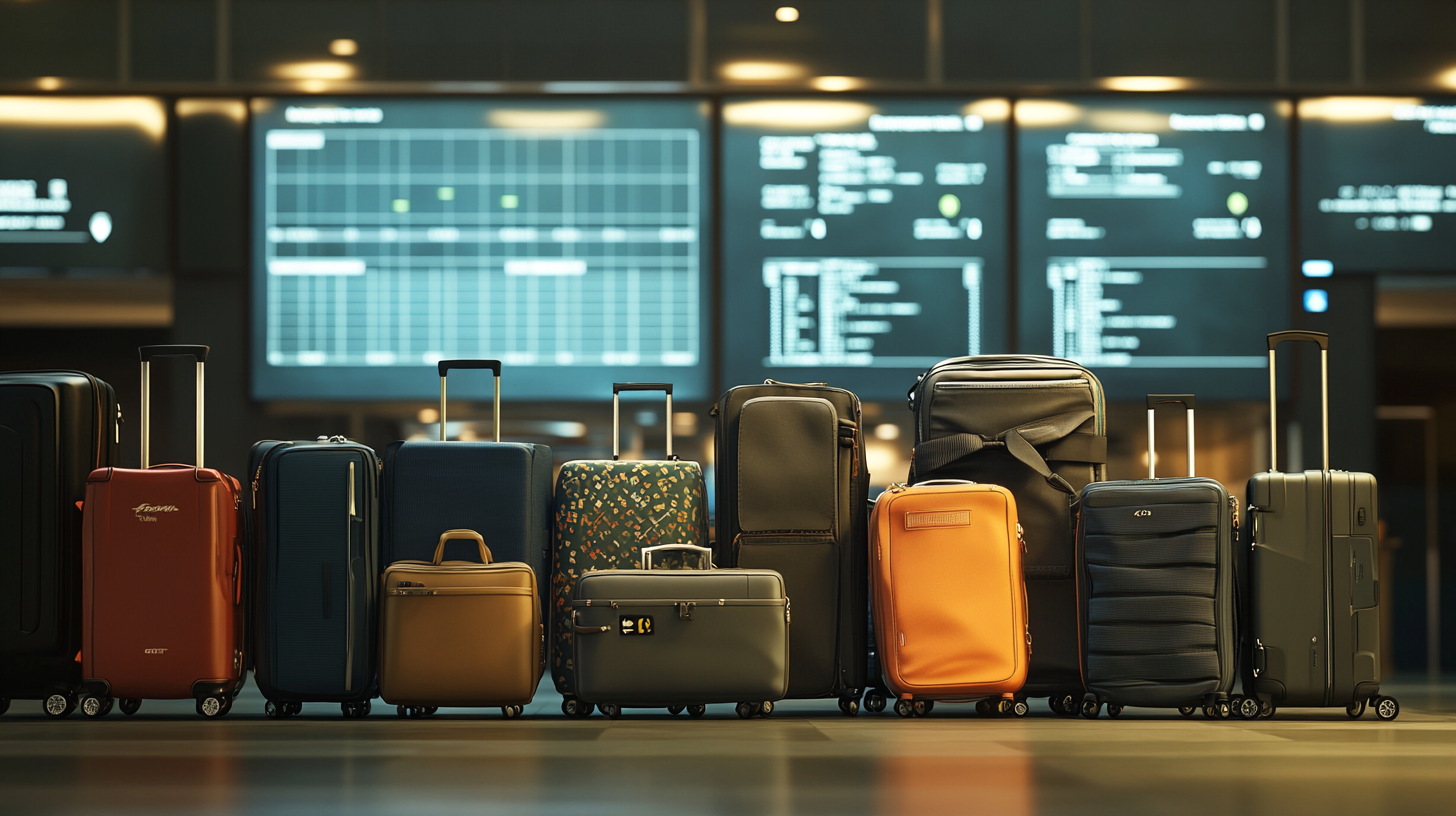
While airlines do not always provide exact underseat dimensions, they typically list maximum sizes for personal items to ensure consistency and compliance with aircraft specifications. Commonly accepted dimensions hover around 18″ x 14″ x 8″ inches, accommodating most small bags and backpacks. However, these measurements can vary slightly between airlines and even between different aircraft within the same airline’s fleet. For instance, regional jets or smaller planes may have reduced underseat space, affecting the size of the bag you can bring onboard. Generally, bags under 16″ x 12″ x 6″ inches are accepted across most airlines, making them a safe choice for travelers aiming for universal compliance. To navigate these variations, consider consulting the Airline-Specific Underseat Luggage Dimension Chart for precise measurements and guidelines.
Specific Airline Policies and Variations
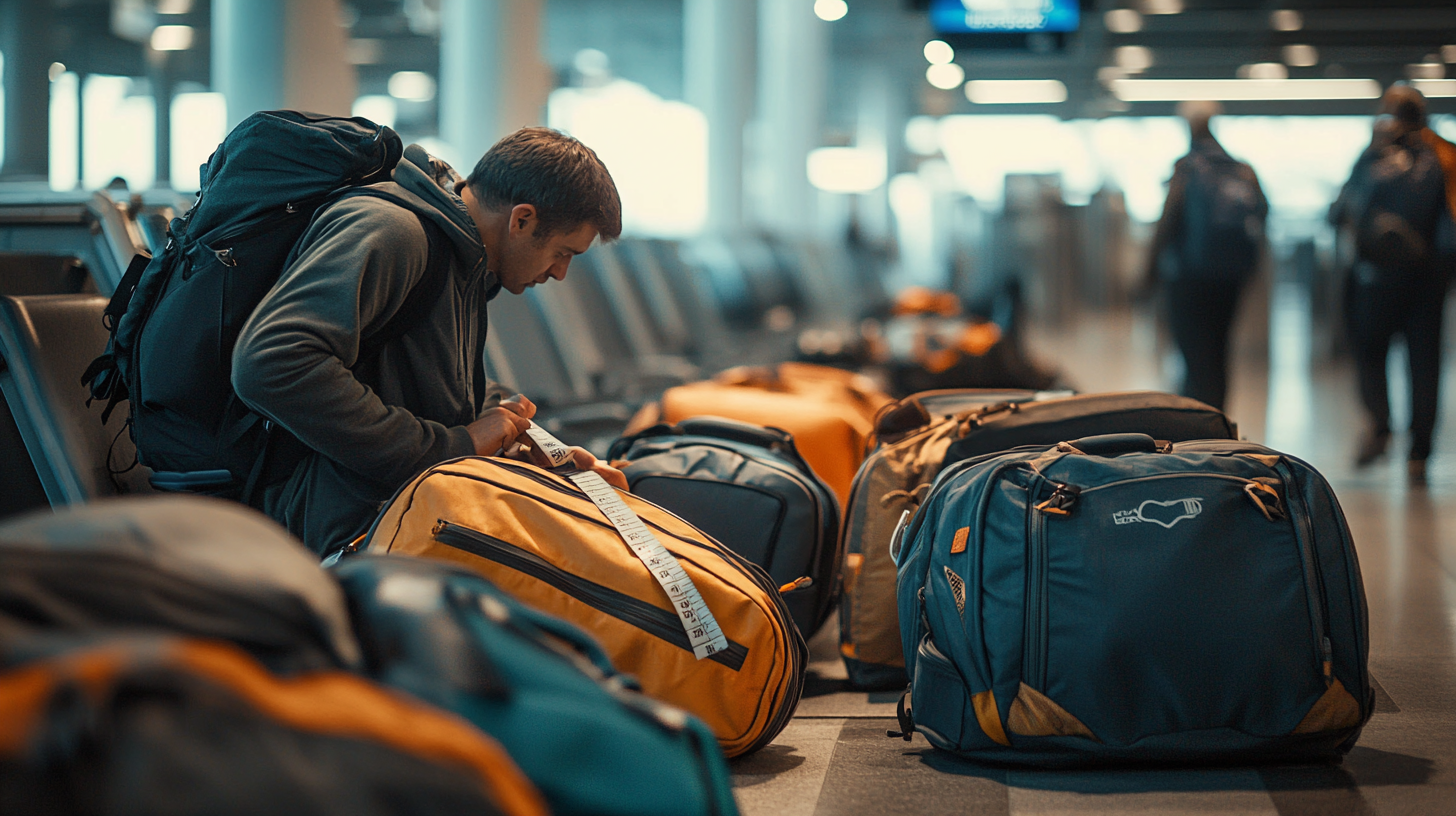
Different airlines have unique policies regarding underseat luggage. Here are some examples:
Delta Airlines
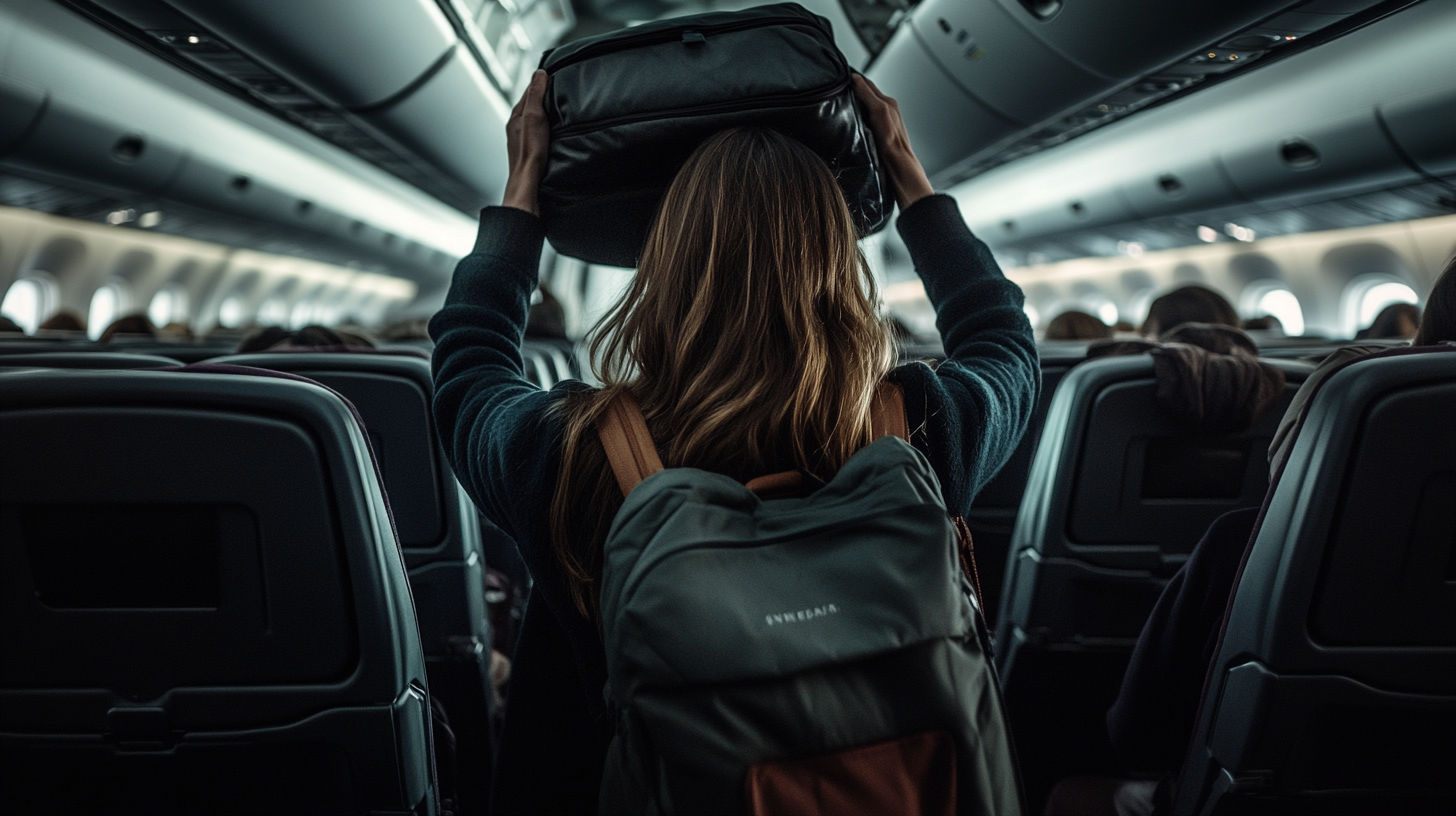
Delta Airlines does not publish specific size limits for personal items, leading to some confusion among travelers aiming to comply with their policies. Instead, the airline operates on a more flexible approach, considering any bag that fits under the seat in front of you as “approved.” Examples of acceptable items include purses, briefcases, laptop bags, and small backpacks. This flexibility accommodates the diverse needs of passengers but requires travelers to be mindful of their bag sizes. Due to varying aircraft sizes within Delta’s extensive fleet—from small regional jets to large international planes—the underseat space can differ significantly. Therefore, Delta does not specify exact dimensions for personal items. To ensure a hassle-free experience, it’s advisable for travelers to contact Delta directly or check their Official Delta Carry-On and Personal Item Guidelines for details on under-seat space for specific flights. Keep in mind that oversized personal items may require gate checking, which could delay your access to essential items upon arrival.
JetBlue
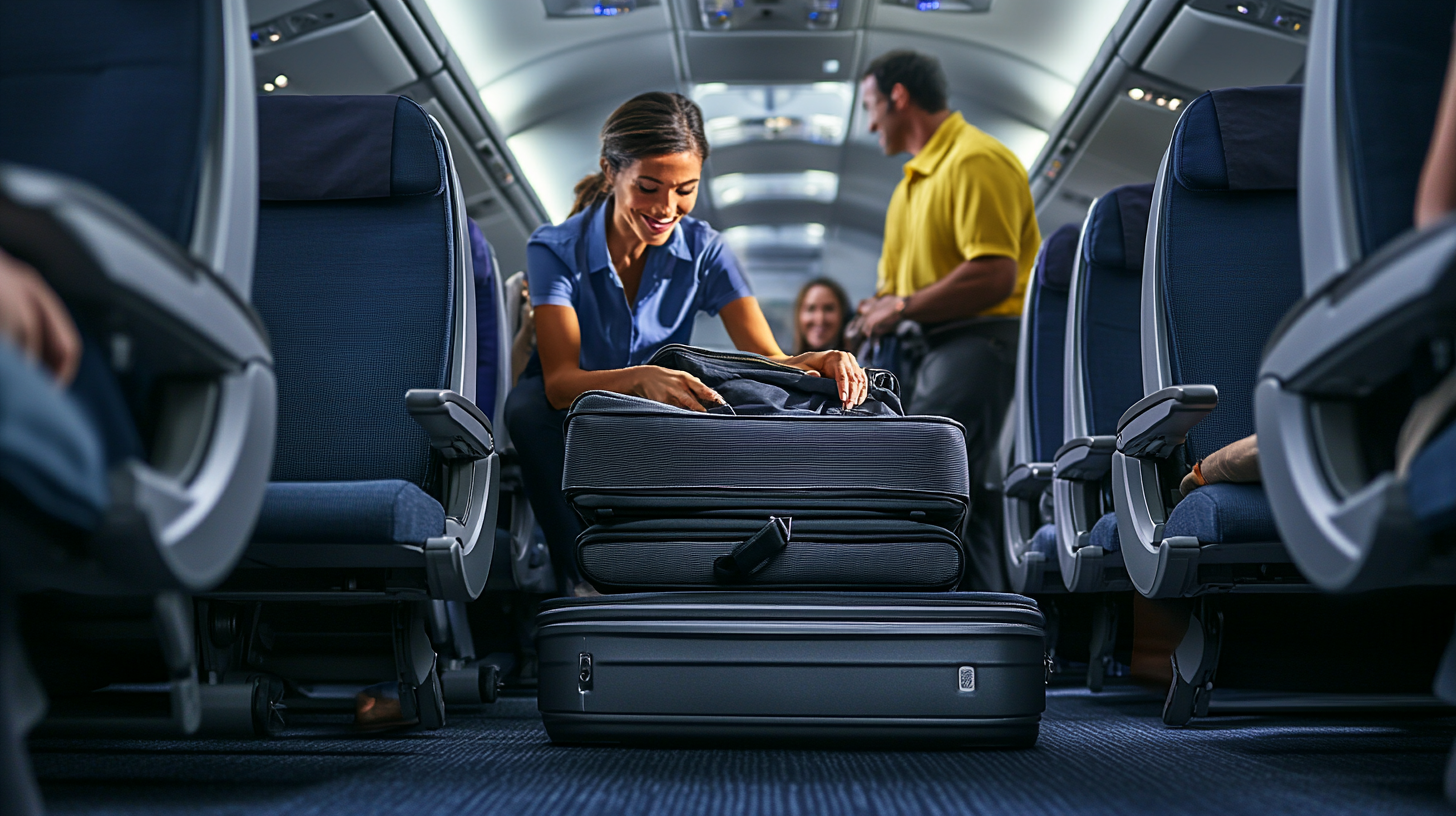
JetBlue is known for its customer-friendly policies, allowing passengers to bring both a carry-on bag and a personal item onboard, offering more flexibility in packing. The airline typically adheres to the common personal item dimensions, with the underseat item needing to fit within the space beneath the seat in front of you. This could include items like a small backpack, tote, or laptop bag. However, as with all airlines, policies can evolve due to operational needs or regulatory changes. To avoid any surprises, JetBlue recommends checking their latest policies prior to departure. For the most up-to-date information, refer to the JetBlue’s Personal Item Size and Guidelines to ensure your bag meets their requirements.
Spirit Airlines
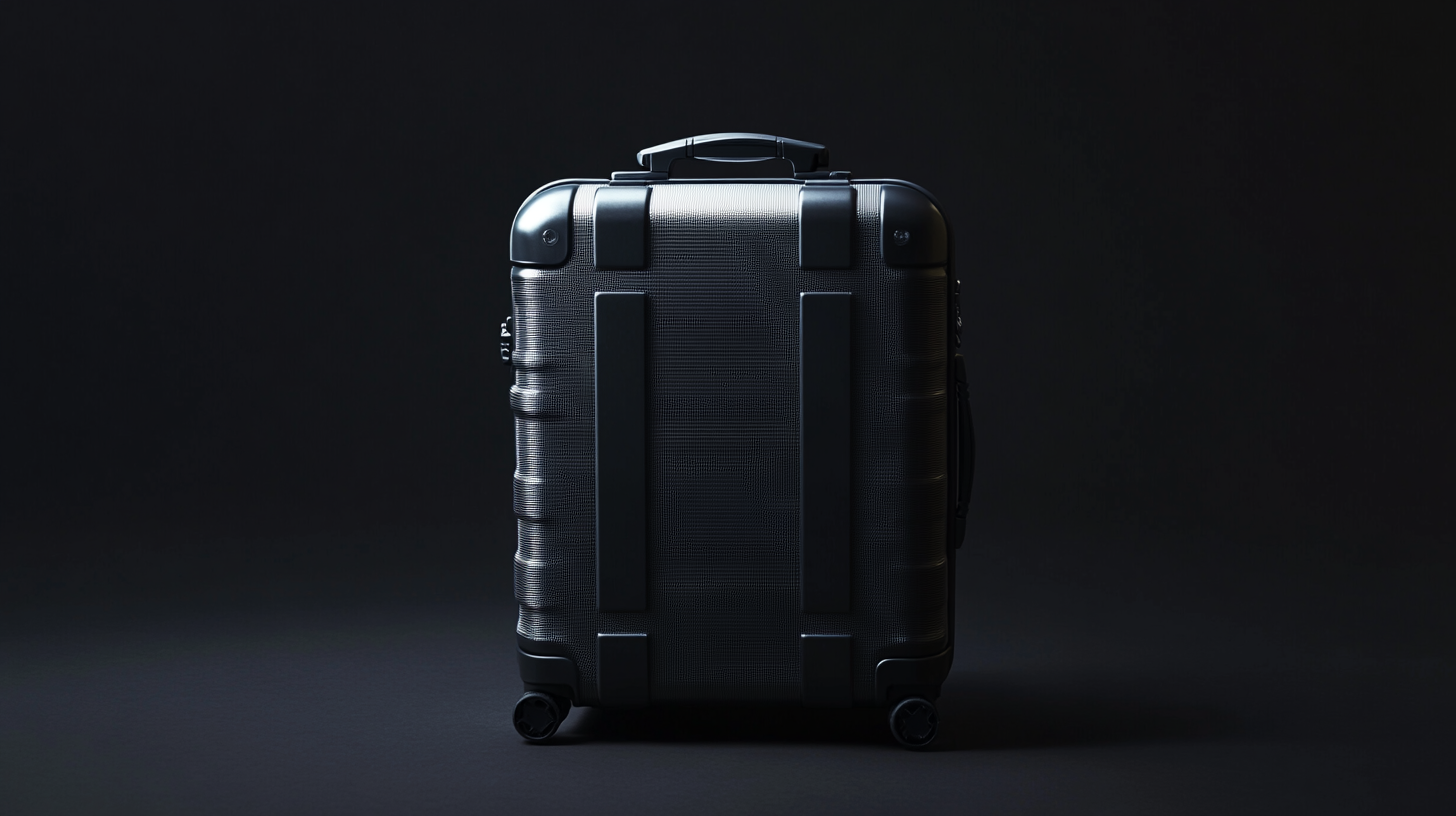
Spirit Airlines is known for its ultra-low-cost model, which means they have stricter regulations regarding luggage to keep ticket prices low. They often charge fees for carry-on bags that go into the overhead bins, making it essential to maximize your underseat luggage allowance to save on additional costs. Spirit specifies exact dimensions for personal items, which must not exceed 18″ x 14″ x 8″ inches, including handles and wheels. This size accommodates a variety of bags, but exceeding it can result in hefty fees at the gate. Adhering to the specified personal item dimensions is crucial when flying with Spirit. For tips on packing efficiently within these constraints, consider reviewing the Strategies for Packing Underseat Bags on Spirit Airlines to make the most of your allowance.
Tips for Choosing the Right Underseat Luggage
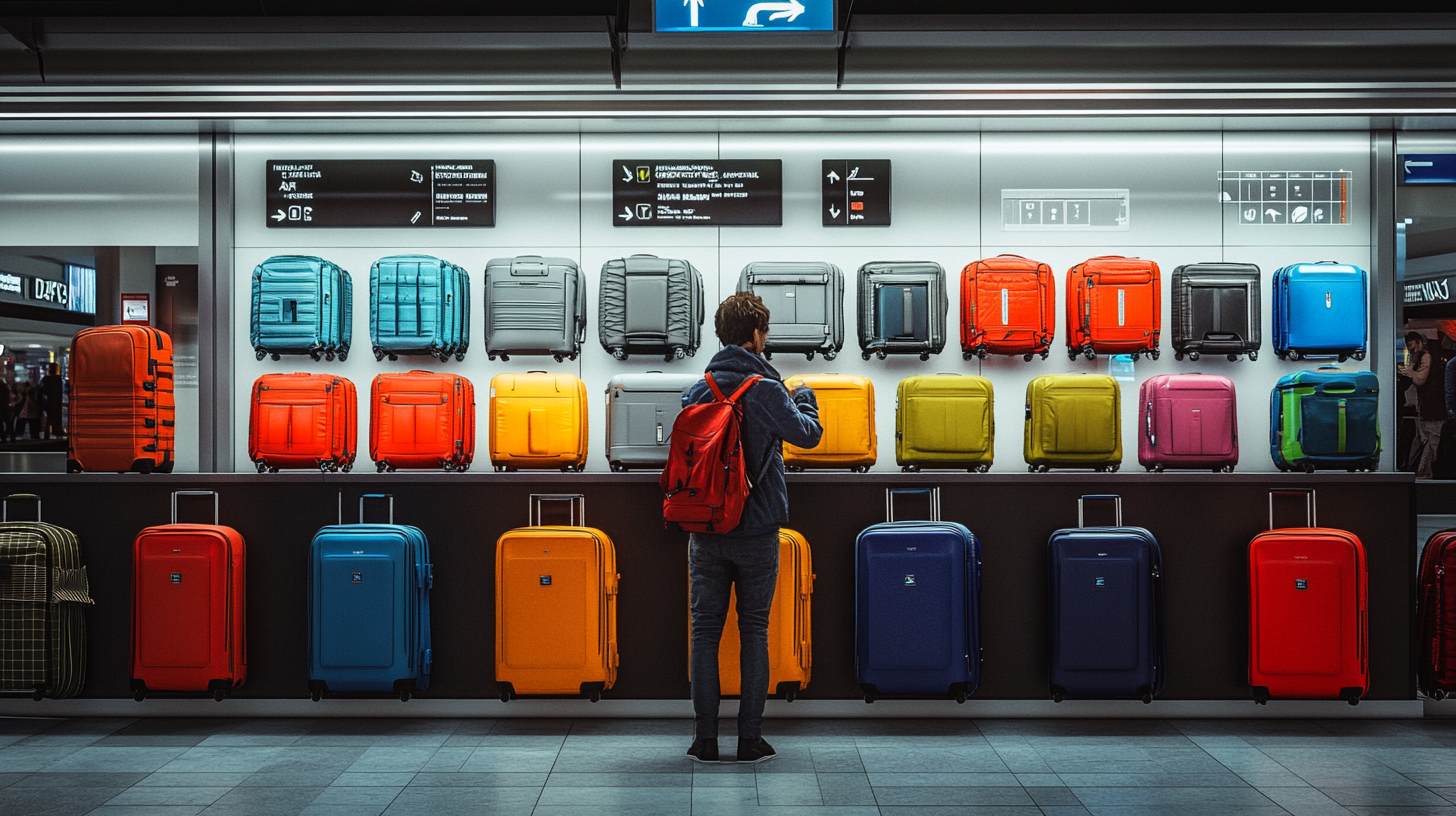
Wheeled vs. Non-Wheeled Options
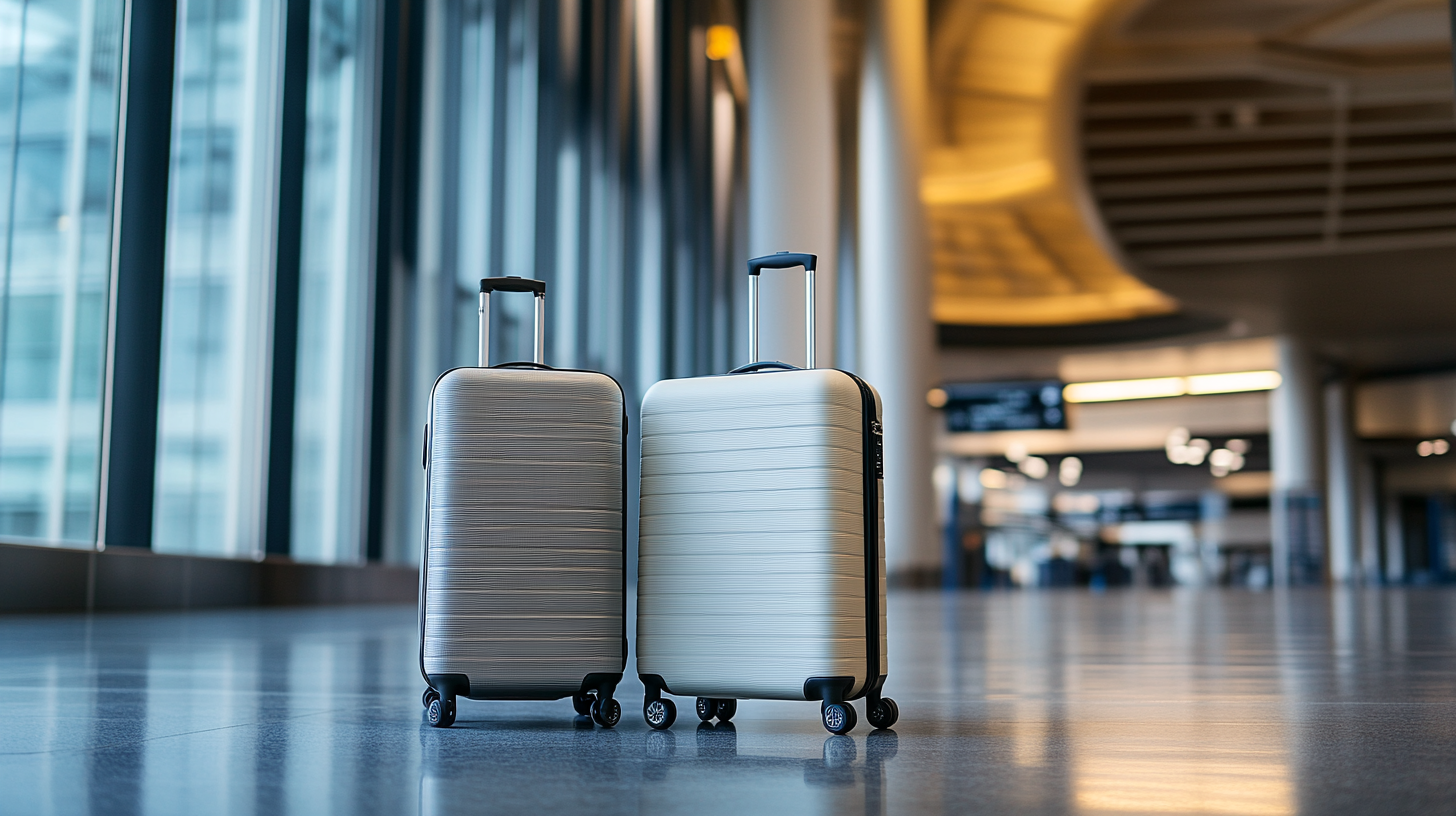
When selecting underseat luggage, one of the key considerations is whether to opt for wheeled or non-wheeled bags. Wheeled bags offer the convenience of easy maneuverability through airports, reducing the strain of carrying heavy items. However, the wheels and handle mechanisms can add bulk and reduce the internal packing space, potentially making the bag too large for underseat storage. On the other hand, non-wheeled bags, such as backpacks, totes, or duffel bags, are often more flexible and can be compressed to fit into tighter spaces. They maximize the available underseat area and are typically lighter in weight. Consider your travel needs and comfort preferences when making this choice. If you’re carrying heavier items or have physical limitations, a compact wheeled bag designed specifically for underseat dimensions might be beneficial. For a selection of suitable options, check out the Best Underseat Wheeled and Non-Wheeled Luggage Options for Air Travel .
Hard vs. Soft Luggage
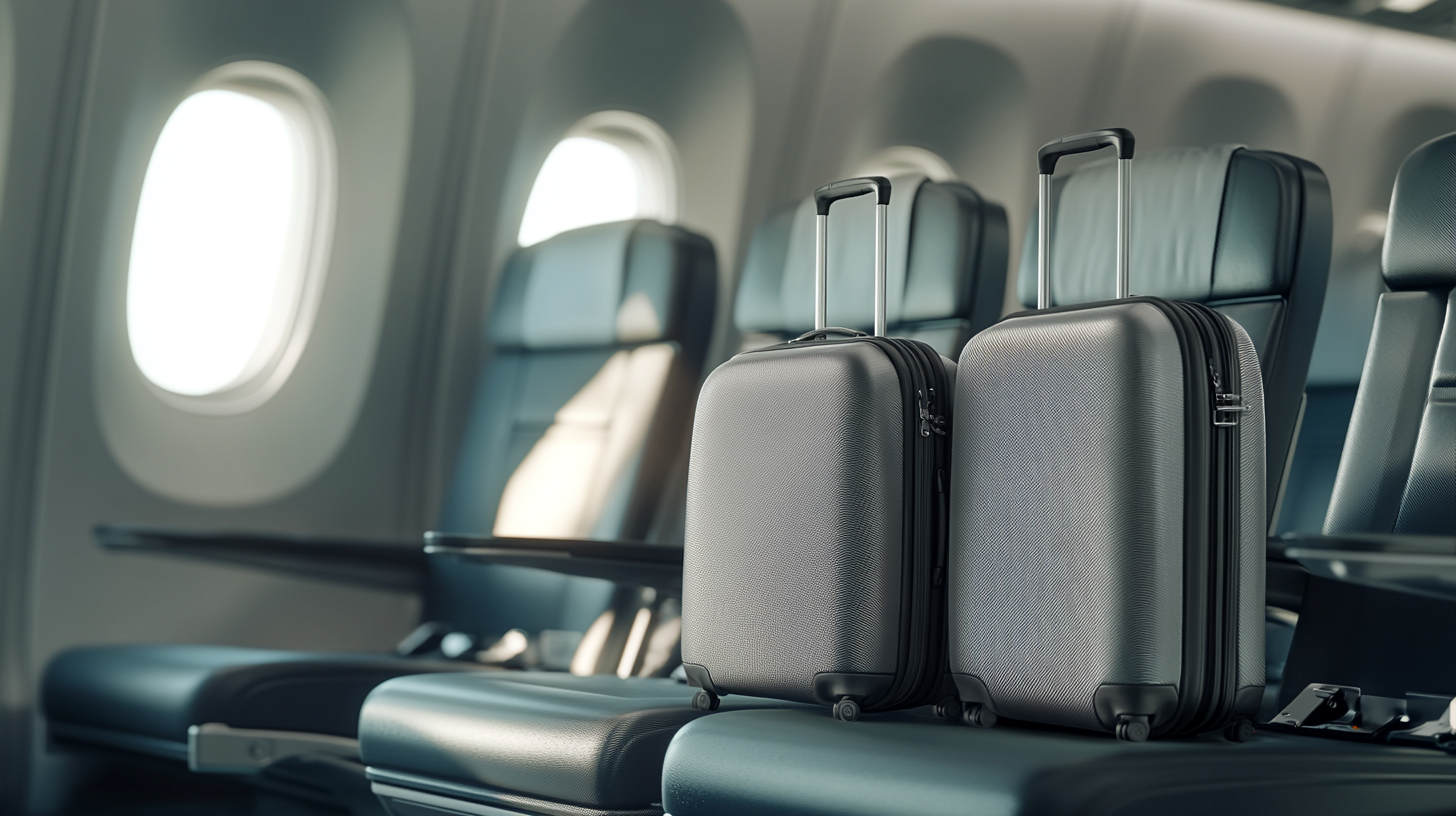
Another important factor to consider is the choice between hard-shell and soft-sided luggage. Airlines generally do not have a preference between hard and soft luggage for underseat storage, but each type offers distinct advantages. Hard-shell bags provide better protection for fragile items, safeguarding electronics or breakables from impact. They are also more resistant to wear and tear. However, their rigid structure means they cannot be compressed to fit into smaller spaces if necessary, which can be problematic if the underseat area is smaller than anticipated. Soft-sided bags, on the other hand, are more flexible and can be squeezed into tight spaces. They often feature exterior pockets for easy access to essentials and are usually lighter in weight. For travelers looking for versatility and adaptability, soft-sided bags may be the preferable choice. To explore options that balance protection and flexibility, refer to the Top-Rated Soft-Sided Underseat Luggage for Travelers .
Benefits of Using Underseat Luggage
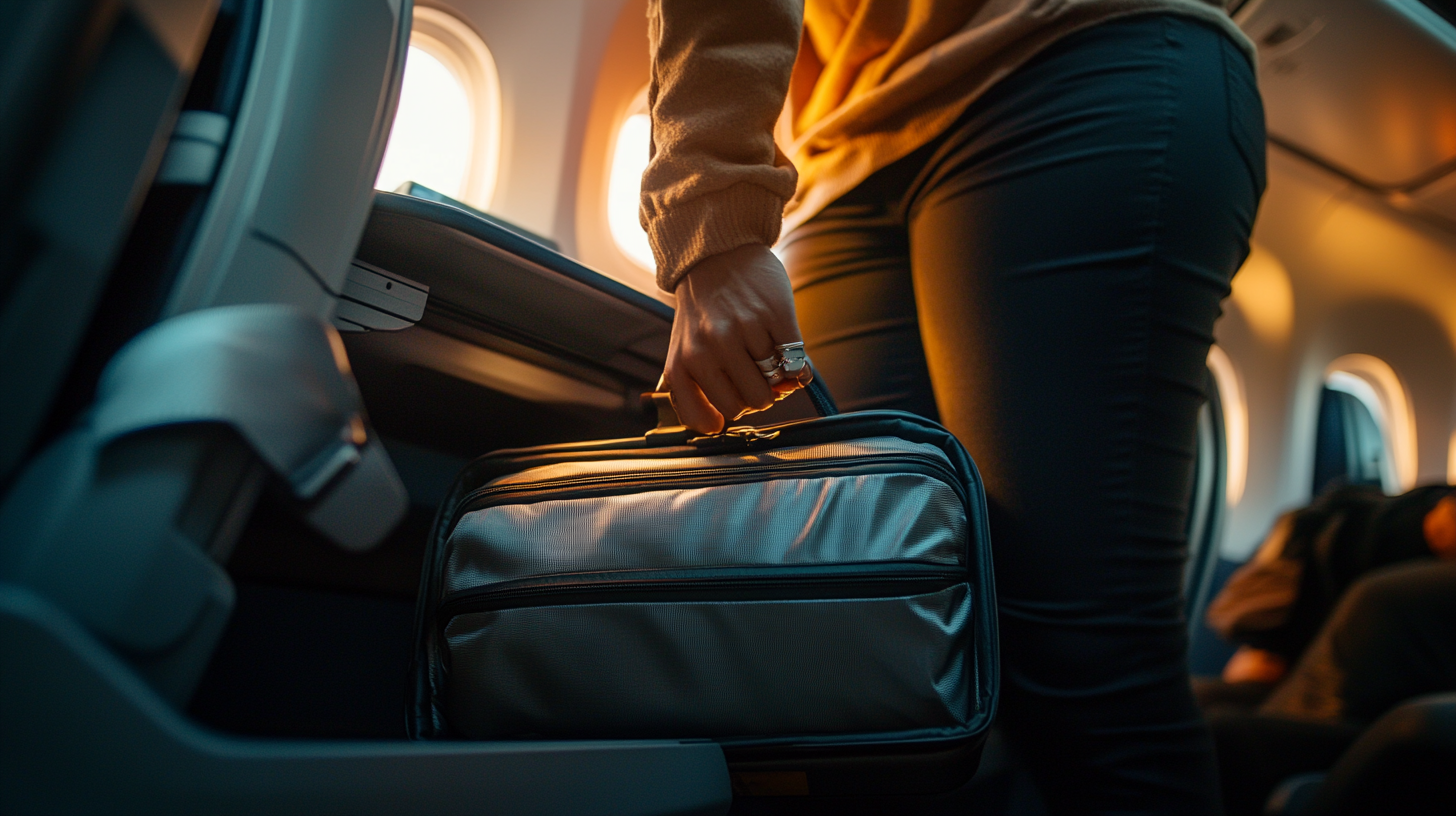
Maximizing your underseat luggage has several advantages that can significantly enhance your travel experience:
- Avoiding Baggage Fees: Underseat luggage is typically considered a personal item and is included in your ticket price, helping you save on additional fees. Especially with budget airlines that charge for carry-on and checked bags, fitting everything into your underseat bag can result in substantial savings. For strategies on how to pack efficiently, see Packing Light: How to Avoid Baggage Fees with Underseat Bags .
- Easy Access: Keeping essential items like electronics, medications, snacks, and travel documents within reach enhances convenience during your flight. You won’t need to stand up or access the overhead bin, which is particularly beneficial during turbulence or when the seatbelt sign is on.
- Efficient Packing: Limiting yourself to underseat luggage encourages you to pack only what you need, simplifying your travel experience. This minimalist approach reduces the stress of carrying multiple bags and streamlines security checks. For tips on essential items and space-saving techniques, consult the Ultimate Guide to Efficient Packing for Underseat Luggage .
Recommended Underseat Luggage Options
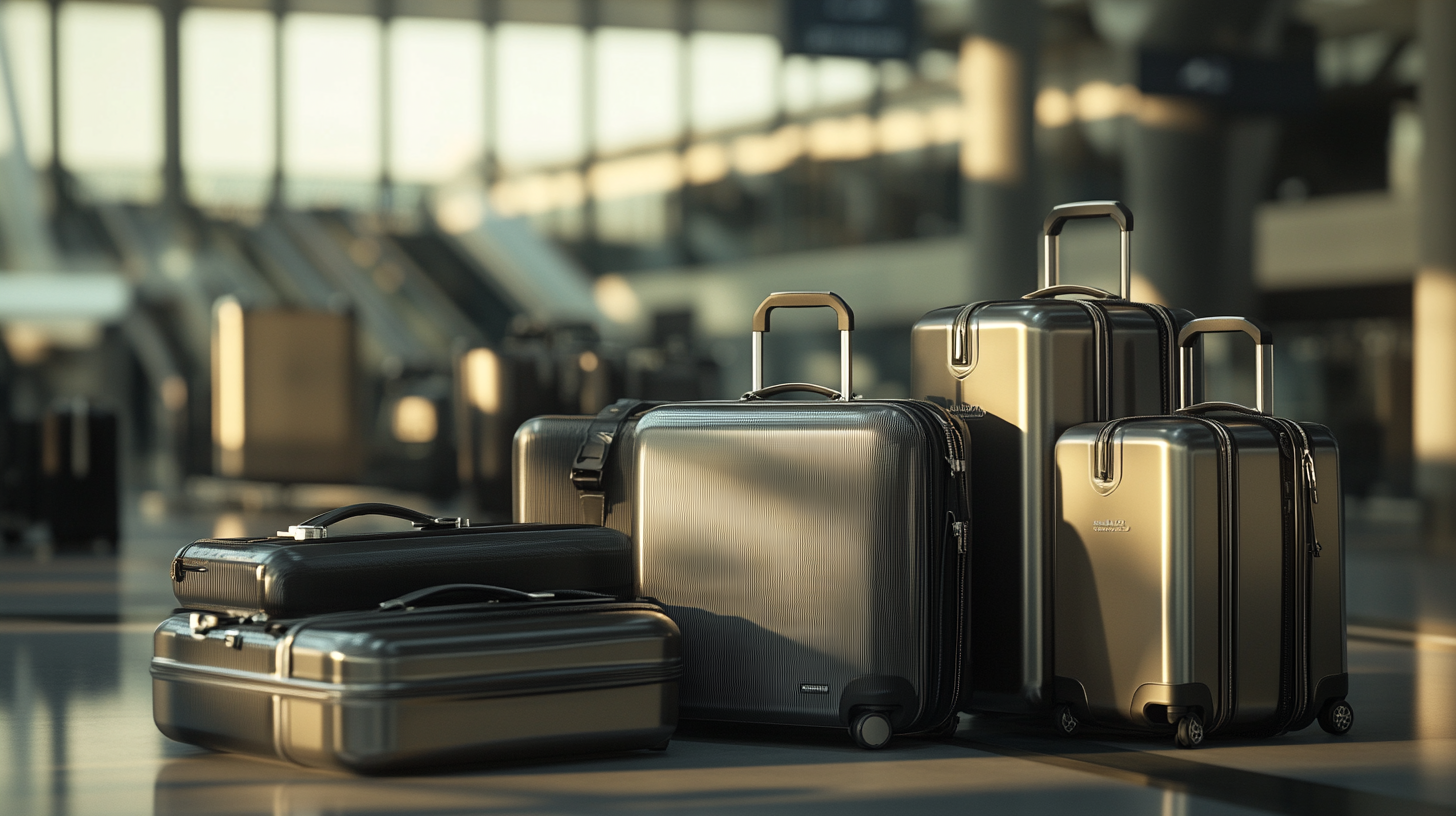
Choosing the right bag is essential to make the most of your underseat luggage allowance. One recommended option is the Personal Item Suitcase 3.0 by TAKE OFF Luggage, designed to meet most airline requirements for underseat luggage. This bag offers an optimal balance between size and functionality, ensuring compliance with various airline policies. With features such as multiple compartments, durable materials, and a sleek design, it caters to the needs of modern travelers. For a comprehensive review of this and other top-rated bags, explore Best Underseat Luggage Options for Every Traveler’s Needs . Selecting a bag that aligns with your travel habits not only simplifies packing but also enhances your overall journey.
Final Thoughts
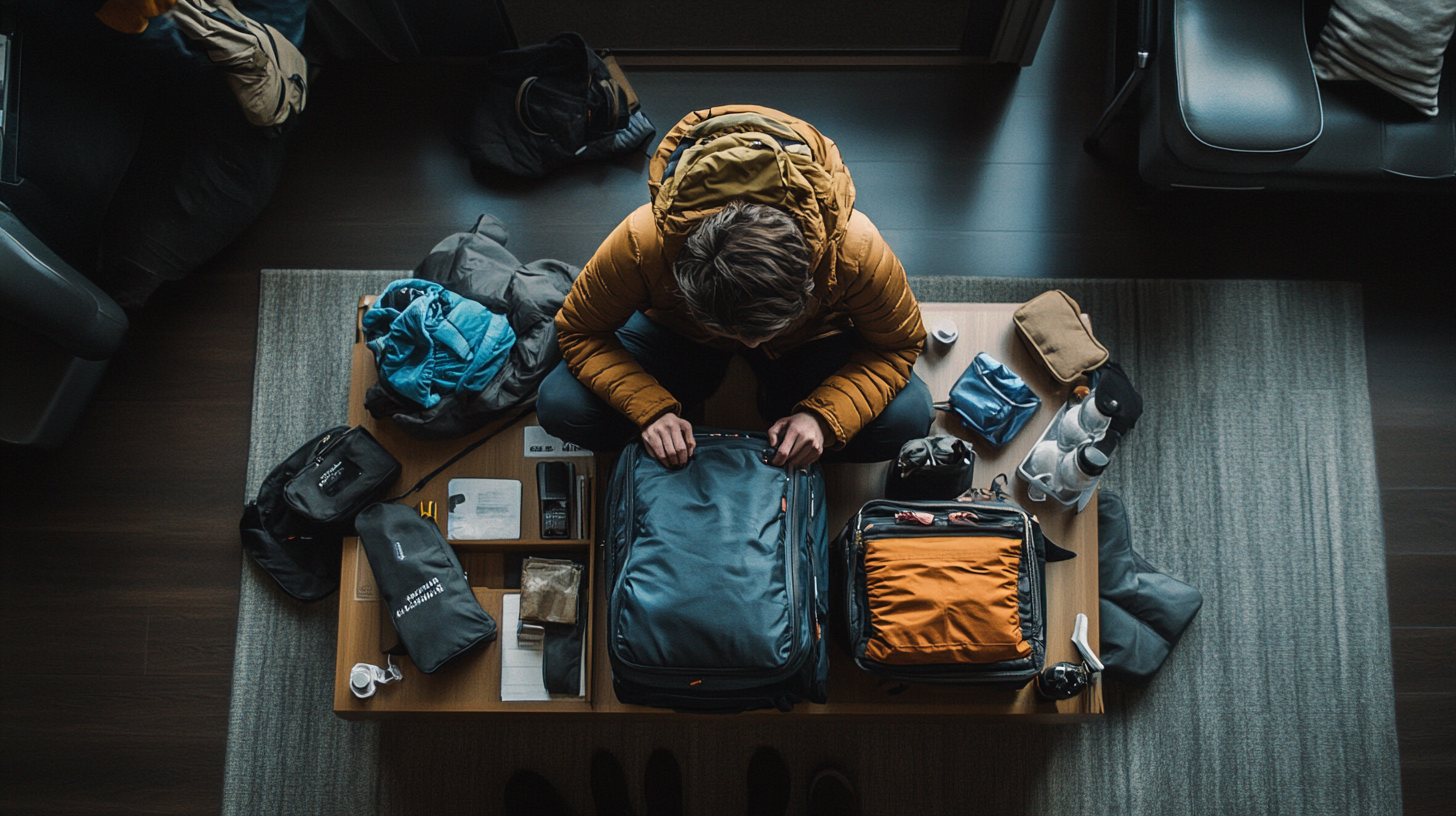
Follow us back to Seat 5A for more travel tips and insights. Navigating airline luggage policies doesn’t have to be challenging or stressful. By taking the time to understand underseat luggage dimensions and regulations, you empower yourself to travel more efficiently and avoid unnecessary fees. Always remember that airline policies can change frequently, so it’s crucial to check with your specific airline for the most current information before each trip. Utilizing resources like the Comprehensive Airline Luggage Policy Updates can keep you informed and prepared. With the right preparation and the right luggage, you can streamline your travel experience, maximize comfort, and focus on enjoying your journey. Whether you’re flying for business or leisure, being knowledgeable about underseat luggage ensures that you start and end your trip on a positive note, free from the hassles of baggage complications.



